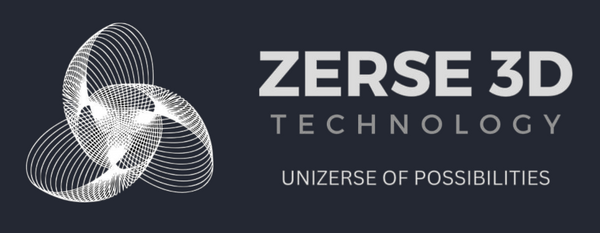Preface:Since the industrial revolution, oil has always been the energy that every country attaches great importance to and plays a very important role in the future development of a country. However, problems such as land compensation, water supply contradiction, mining right dispute, dust, vibration and noise pollution encountered in the actual oil drilling process have caused great costs for oil enterprises.

In the 1990s, the directional drilling technology made a major breakthrough. Since then, the rotary steering drilling technology, also known as the “greedy snake” drilling technology, has the characteristics of low friction and torsional resistance, high drilling speed, low cost, short well construction period, smooth well trajectory, easy regulation and extension of horizontal section length. It is considered to be the development direction of modern steering drilling technology. However, at this time, this technology was monopolized by foreign countries, and China has not yet made a breakthrough.

On May 4, 2015, China’s independently developed rotary steering system and logging while drilling system jointly completed drilling operations in the Bohai Sea. For the first time, China broke the international monopoly in these two technical fields, becoming the second country in the world to have both technologies. China National Offshore Oil Corporation also became the fourth in the world and the first domestic enterprise to have both technologies.
In the rotary steering system, the rotary transformer used for stable power supply in the case of relative rotation between drilling equipment in steering drilling is a very important component. In order to ensure that the rotary transformer can work stably in the underground high-temperature and high-pressure environment and meet the lightweight requirements, the manufacturer needs to use non-metallic high-performance materials to make the shell of the rotary transformer. Before choosing 3D printing, the manufacturer used PEEK bars for reduction processing, but this resulted in 90% waste of materials and costs, making the manufacturer miserable.
Manufacturer found IEMAI 3D, hoping to obtain a lightweight resolver shell with high strength, high temperature resistance and high voltage resistance through 3D printing. After technical evaluation and cost analysis, the high-temperature 3D printer MAGIC-HT-M was finally selected to print CF-PEEK carbon fiber reinforced material to produce the resolver housing.
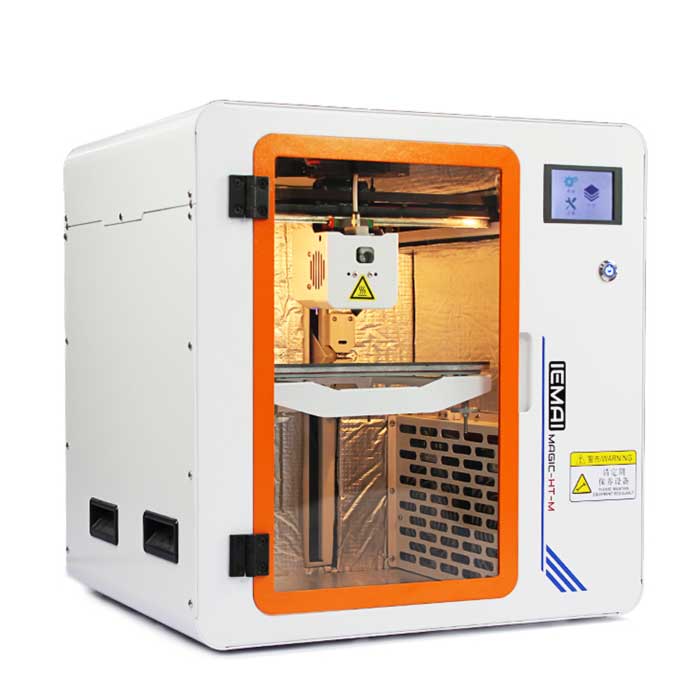
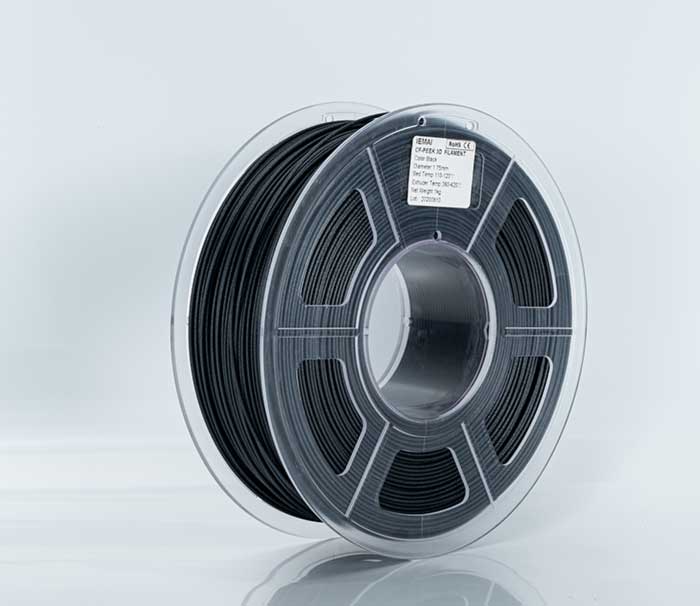
MAGIC-HT-M is a high-temperature 3D printer specially designed for high-performance engineering materials. It has a printing temperature of up to 450 ° C, a hot bed temperature of up to 150 ° C and a tank temperature of up to 90 ° C. It can support most materials in the market. A modular and highly wear-resistant extrusion head makes the printing of carbon fiber PEEK simple.
CF-PEEK is a carbon fiber reinforced PEEK wire. It has excellent chemical resistance, mechanical properties and thermal properties. CF-PEEK has 10% chopped carbon fiber content, has all the advantages of PEEK, and is lighter and more wear-resistant than PEEK, with better interlayer adhesion and better temperature resistance. CF-PEEK is considered as one of the best functional materials in the world and is allowed to be used in harsh environments.
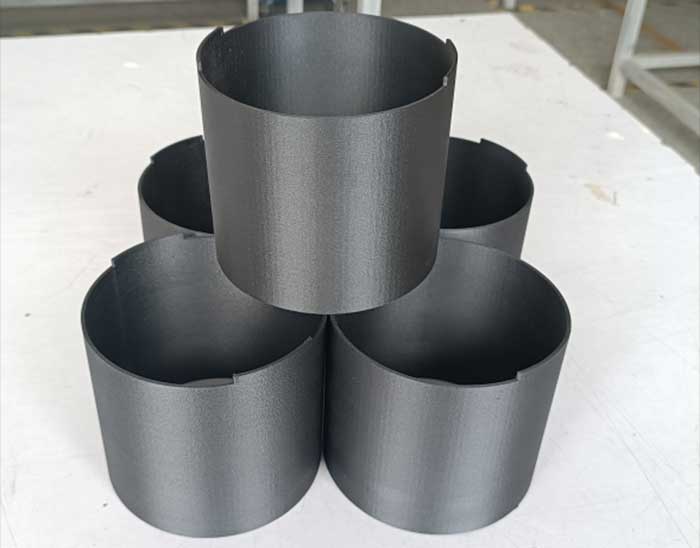
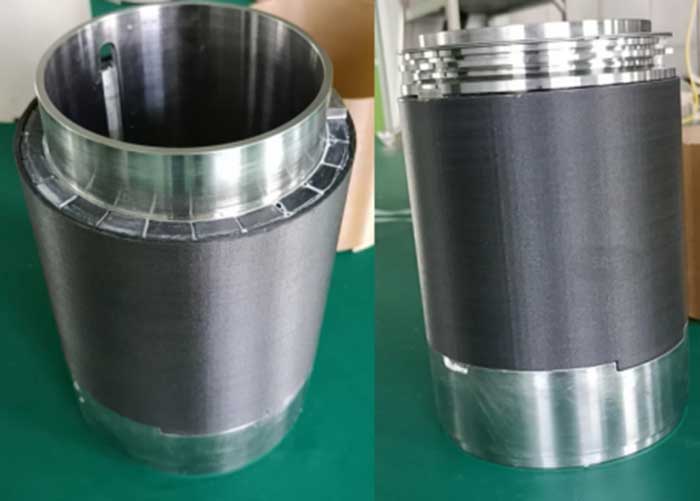
In July 2022, the rotary transformer of CF-PEEK housing printed by IEMAI 3D went to Bayannur, Inner Mongolia, for underground drilling test. Through repeated comparative tests, it was verified that the 3D printing housing fully met the requirements of underground drilling.
Mr. Yang, the customer, said that the production of carbon fiber reinforced PEEK resolver housing by 3D printing would reduce the cost by at least 50% compared with the reduction processing.
